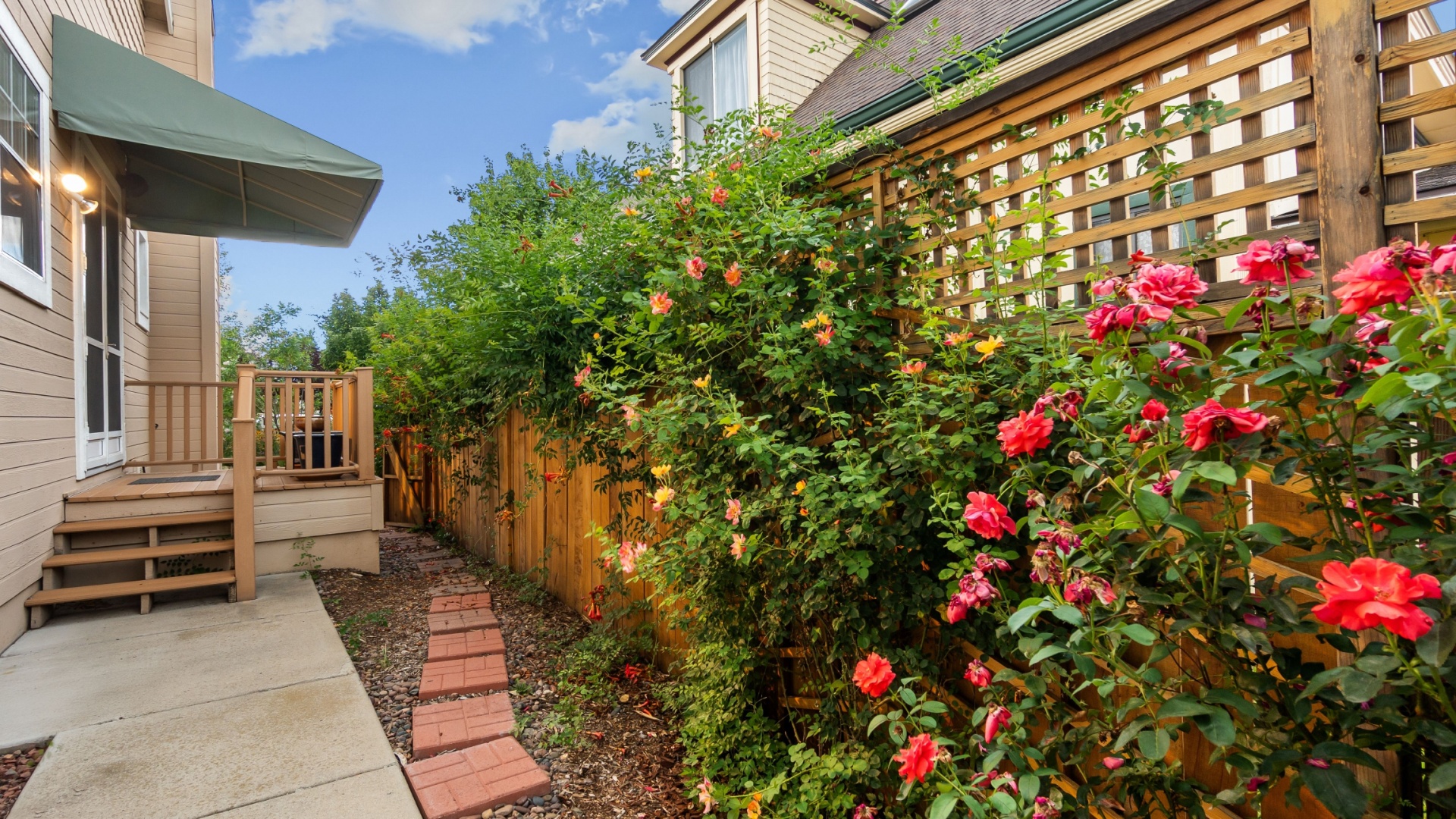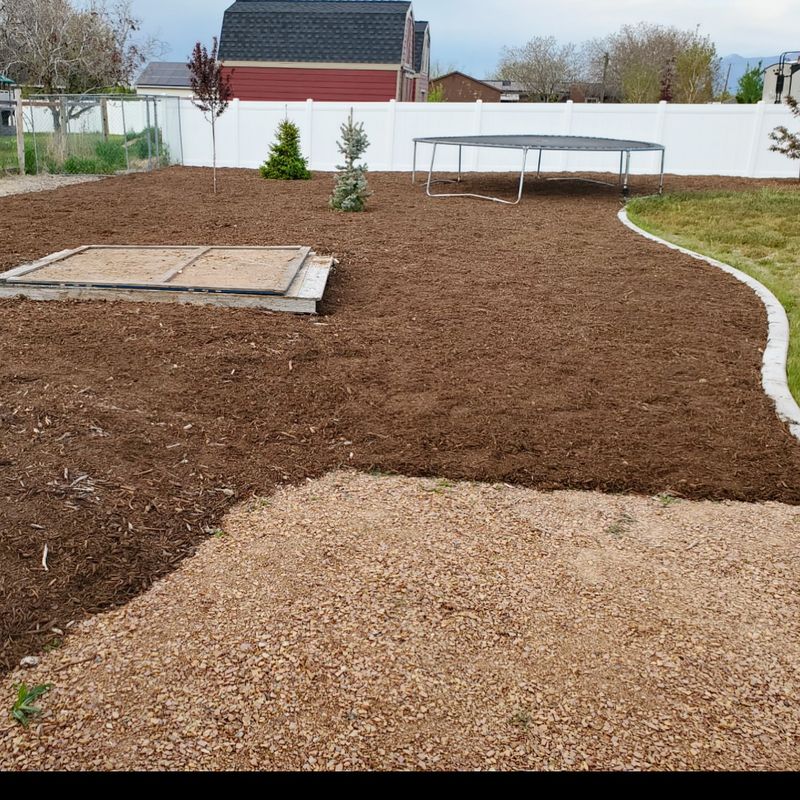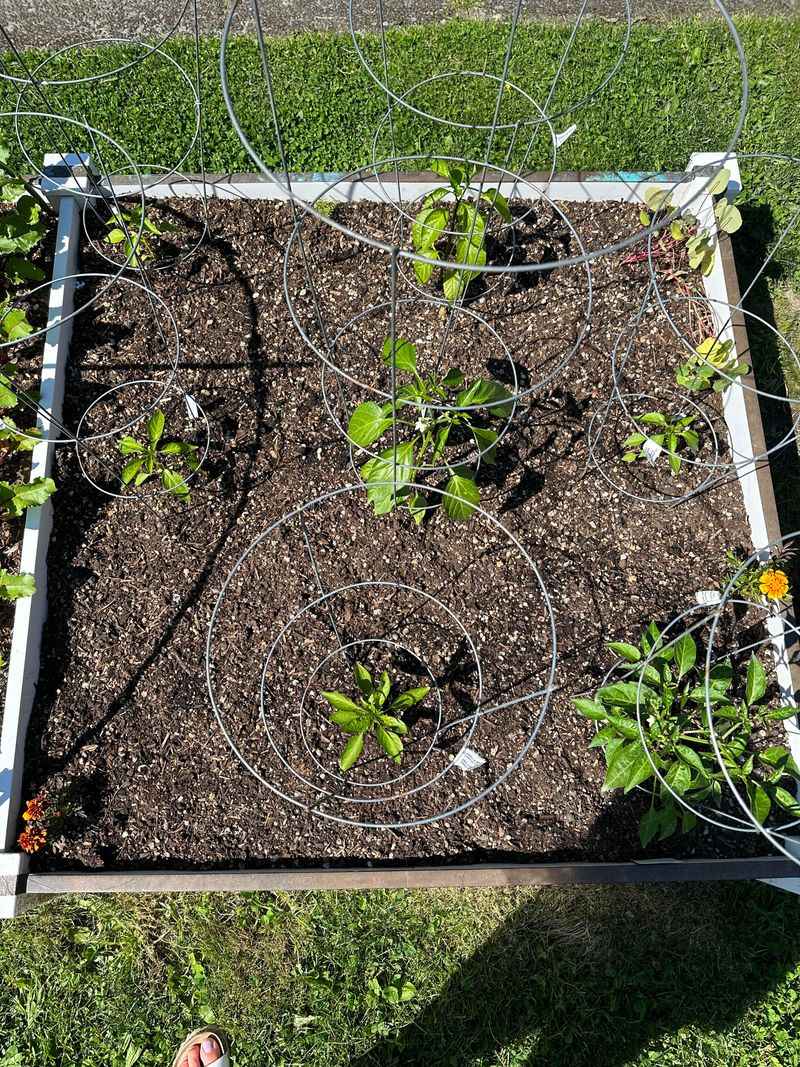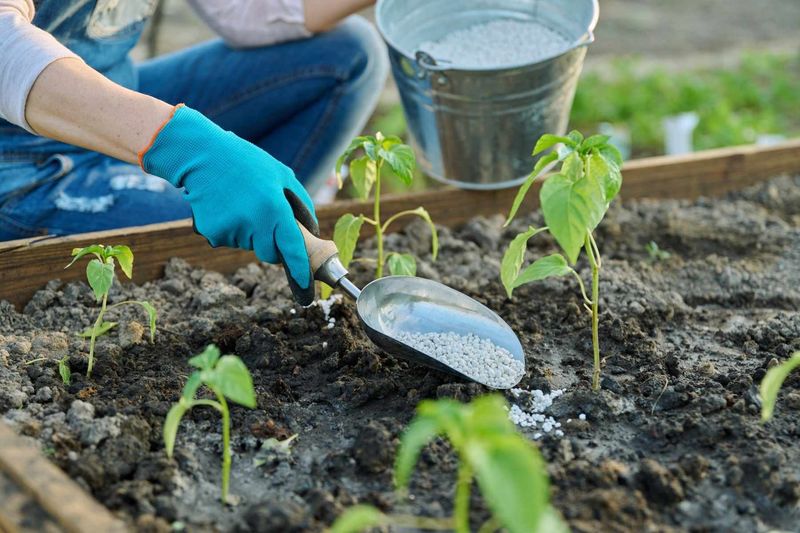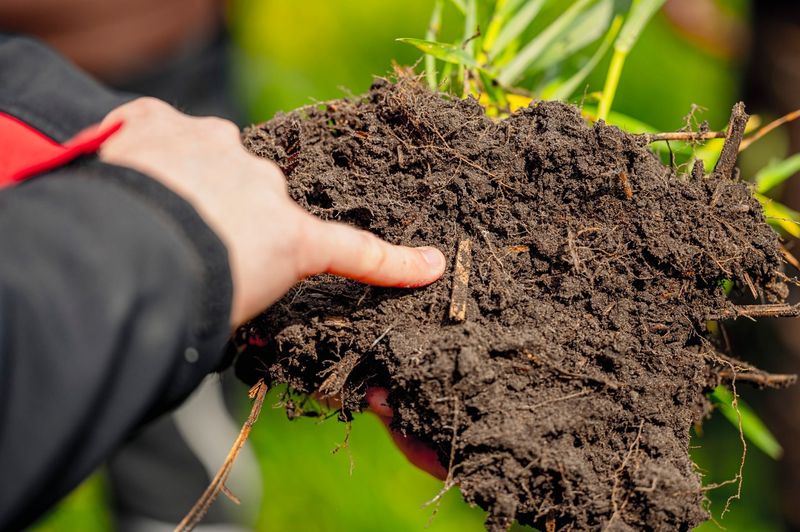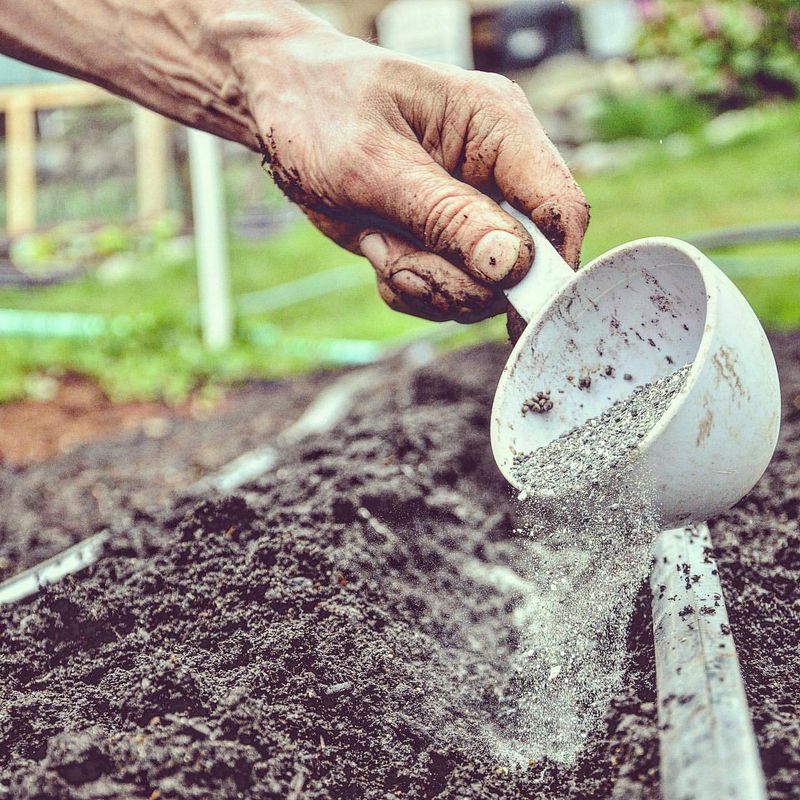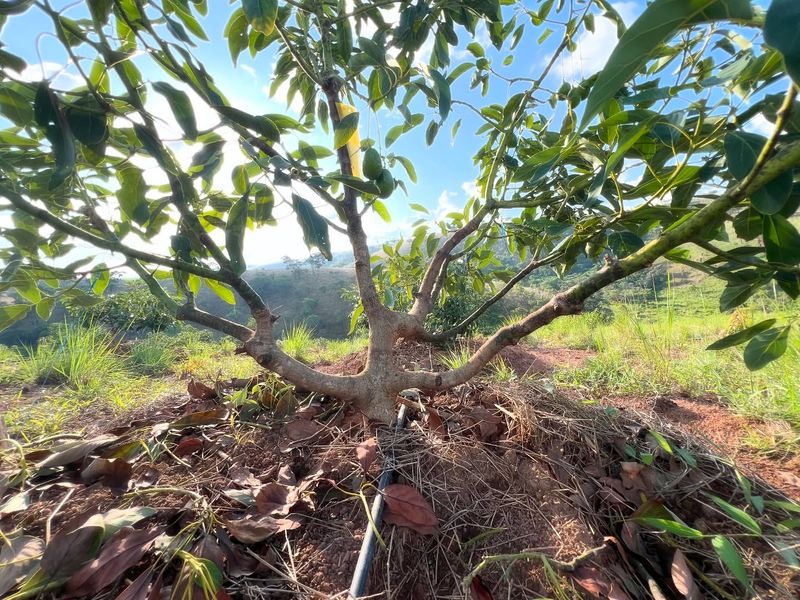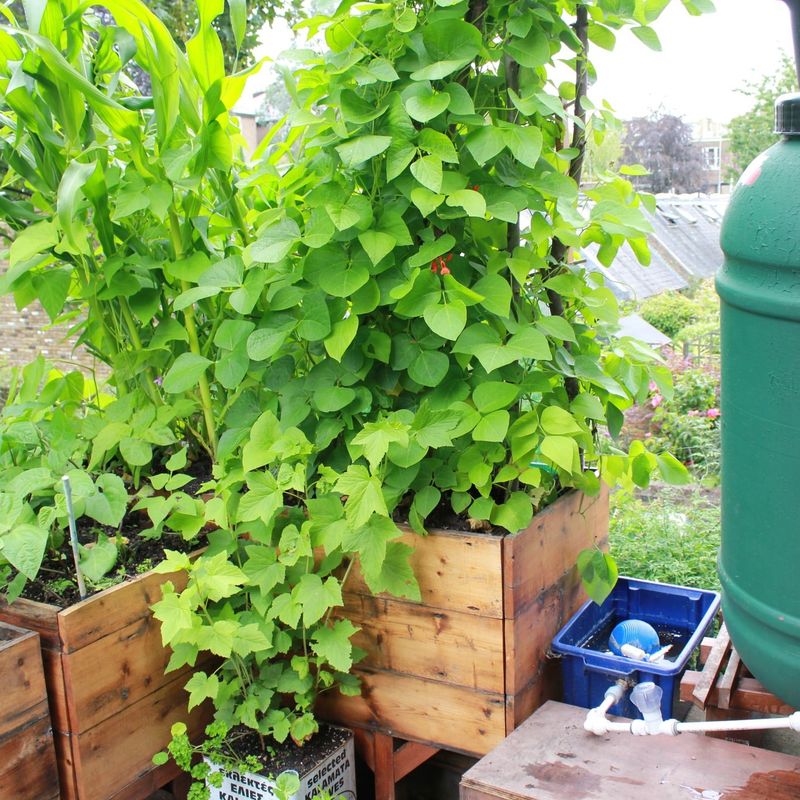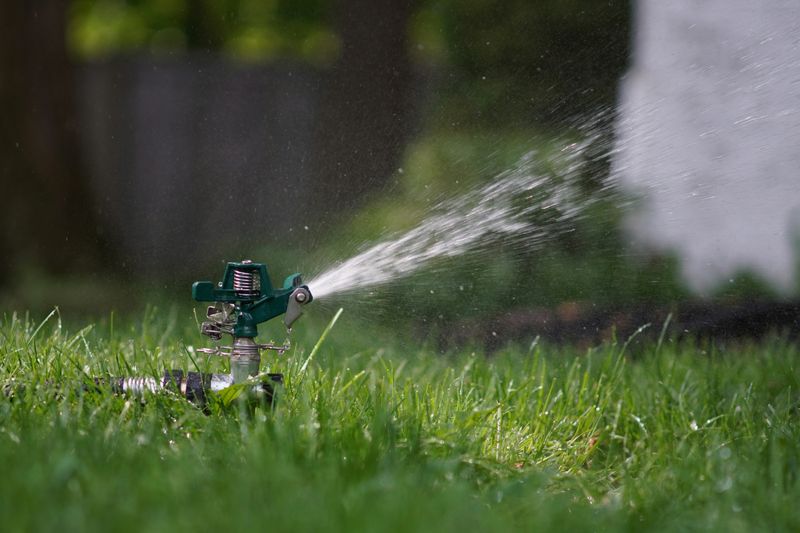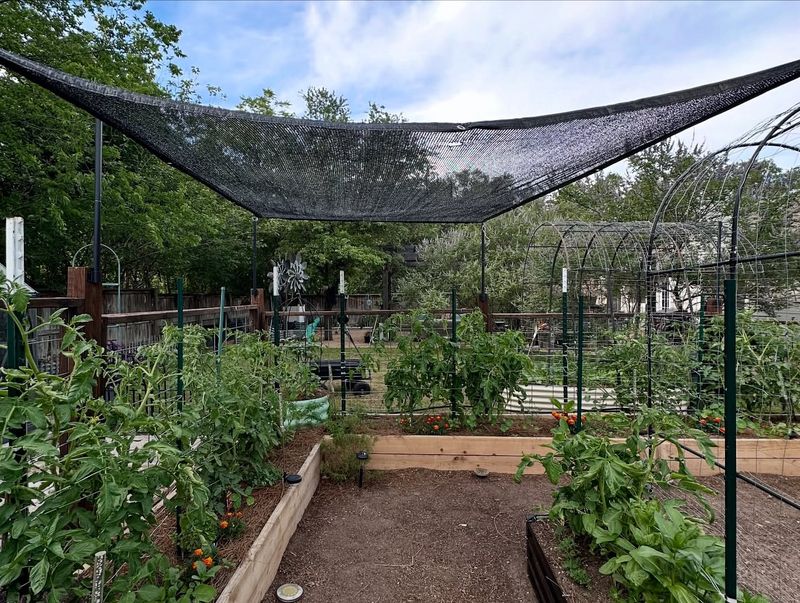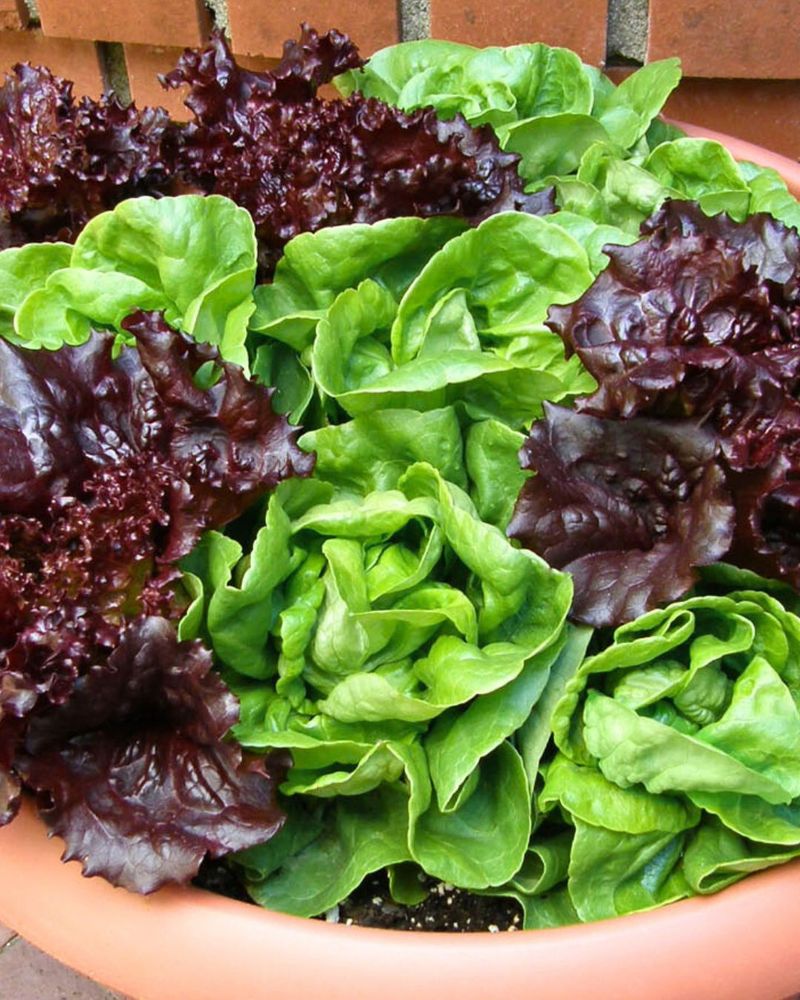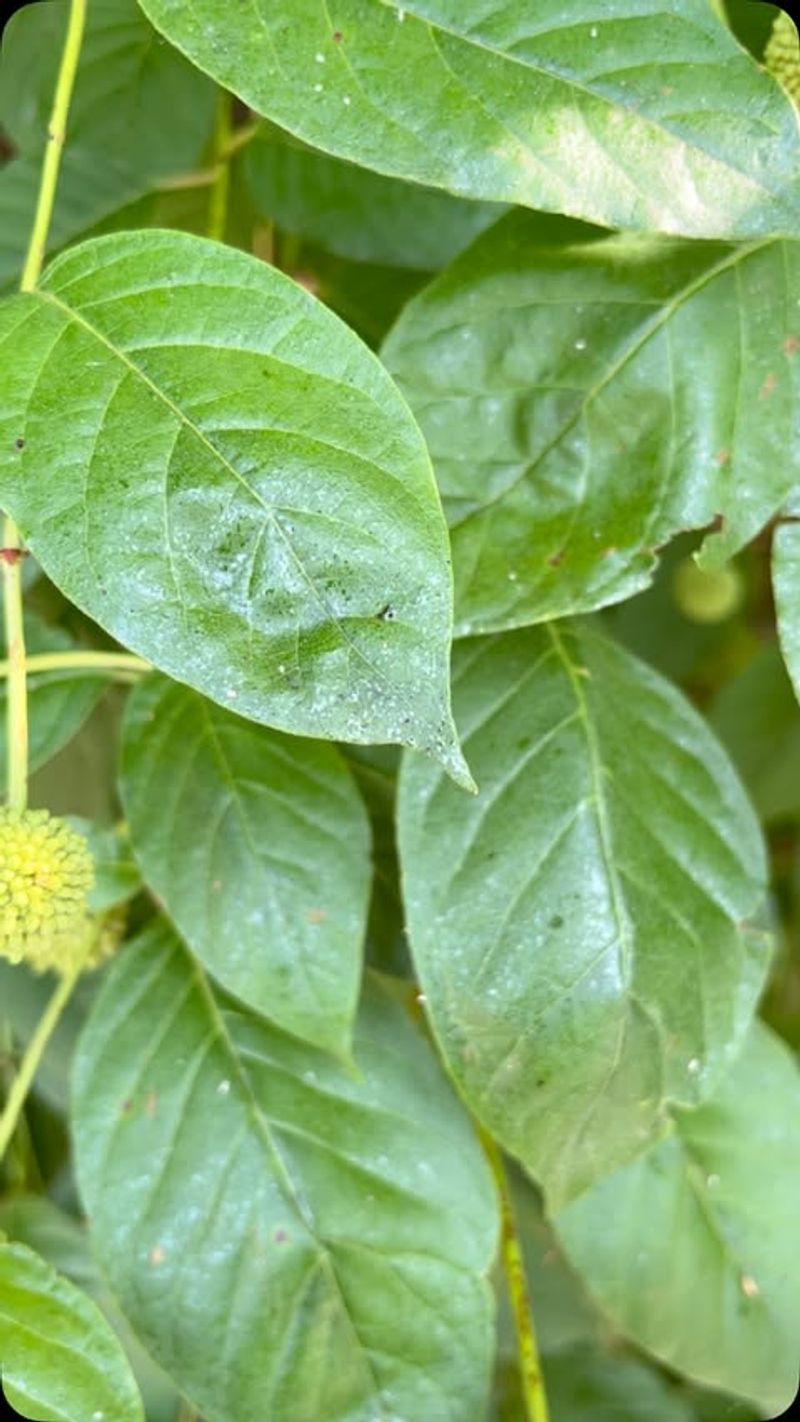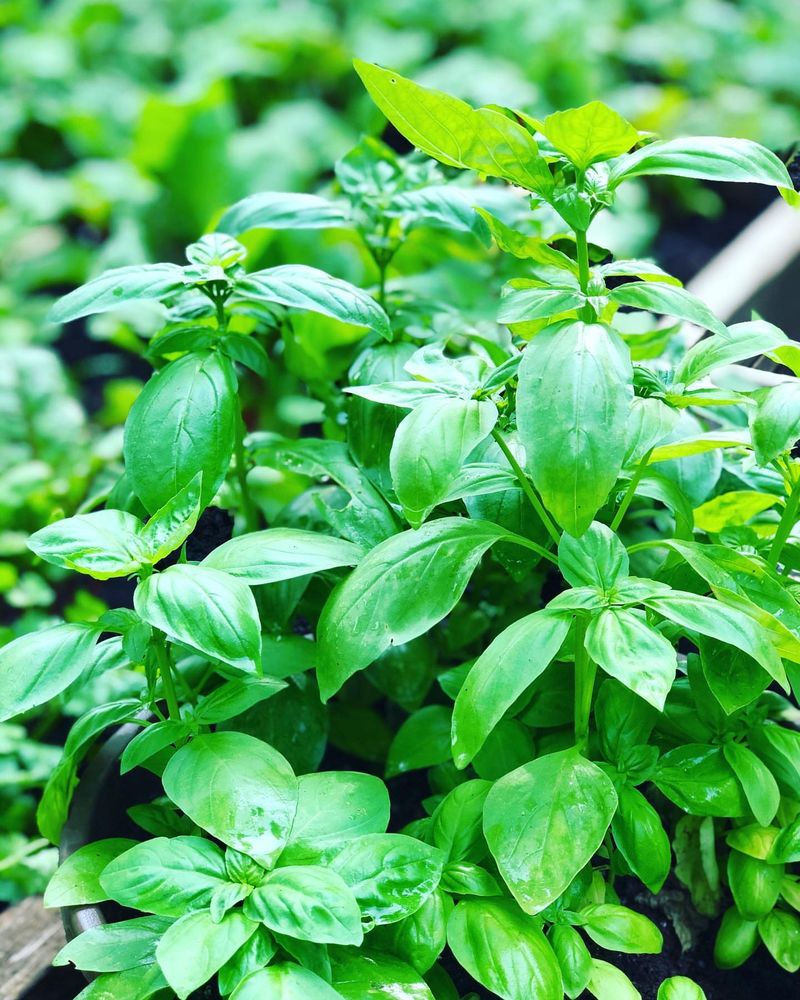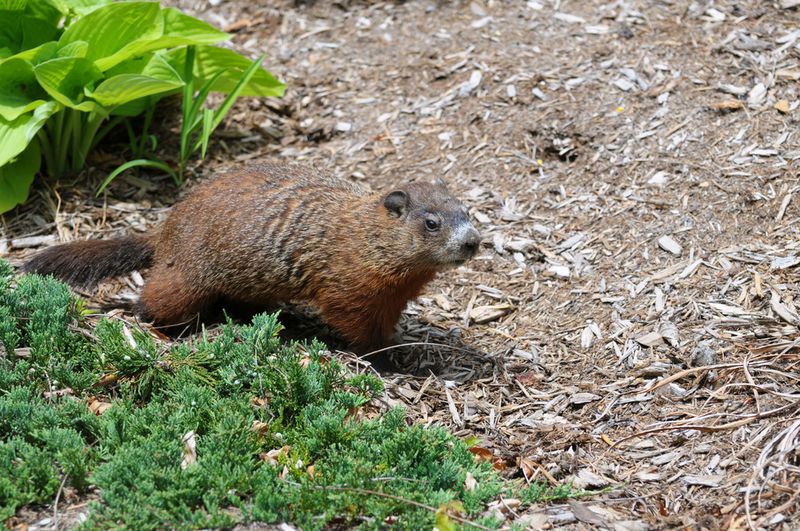By August, your Nevada garden has been through a lot—but one wrong move now can undo months of hard work. From overwatering to late-season pruning and planting the wrong things, simple mistakes can cause big setbacks in the heat.
Avoid these common pitfalls to keep your garden healthy, happy, and thriving through the toughest stretch of the season.
1. Overwatering In The Heat
Many gardeners panic during August heat and drench their plants. This actually weakens root systems and wastes precious water. Instead, water deeply but less frequently.
Morning watering gives plants time to absorb moisture before it evaporates. A good soaking twice a week is better than daily light sprinkles that barely penetrate the soil surface.
2. Forgetting To Mulch
Bare soil in August is practically criminal in Nevada gardens! Without mulch, soil temperatures soar and moisture evaporates at alarming rates. Your plants essentially cook from below.
A 3-4 inch layer of organic mulch keeps roots cool and happy. Wood chips, straw, or even shredded leaves create a protective barrier that can reduce watering needs by up to 30%.
3. Planting At Midday
Rushing to get new plants in the ground during lunch break? Think again! Planting during peak heat puts extreme stress on tender transplants and almost guarantees failure.
Early morning or evening planting gives your new additions time to settle before facing intense sun. The gentler temperatures reduce transplant shock significantly. Your plants will thank you by establishing faster and showing less leaf burn.
4. Ignoring Microclimates
Every Nevada yard has secret spots! That west-facing wall? It’s a death zone for delicate plants in August. The north side of your house? A potential haven for heat-sensitive varieties.
Mapping your yard’s sun patterns can save countless plants. Those tomatoes struggling in full exposure might thrive with afternoon shade. Observe where snow melts first in winter – these spots will be your hottest summer locations.
5. Skipping Soil Tests
Nevada’s alkaline soils can frustrate even experienced gardeners. Plants yellowish despite regular feeding? Your soil pH might be locking up nutrients, making them unavailable to plant roots.
A simple soil test reveals exactly what your garden needs. Many Nevada gardens benefit from sulfur amendments to lower pH gradually. Your county extension office offers affordable testing services that can transform your garden’s productivity.
6. Fertilizing During Heat Waves
Reaching for fertilizer when plants look stressed in August heat? Stop right there! Fertilizing during extreme temperatures can burn roots and damage already struggling plants.
Plants naturally slow growth during heat stress. Adding fertilizer forces them to process nutrients when they’re in survival mode. Wait until temperatures moderate, then apply a half-strength solution in the evening to avoid shocking your garden friends.
7. Pruning Sun-Exposed Branches
Grabbing pruners to tidy up in August can backfire dramatically! Removing leafy growth exposes previously shaded branches and fruit to sudden intense sunlight, causing sunscald and damage.
Those leafy branches act as natural sunscreen for your plants. Save major pruning for dormant seasons. If you must prune, focus on removing only diseased material and wait until evening when the sun’s intensity has waned.
8. Neglecting Container Plants
Container gardens dry out lightning-fast in Nevada’s August heat. That gorgeous pot that needed water every other day in June might need twice-daily hydration now.
Potted plants have limited soil volume to hold moisture. Moving containers to morning-sun-only locations can save their lives during heat waves. Group pots together to create higher humidity zones and consider self-watering containers for vacation times.
9. Wasting Water On Lawns
Traditional lawns turn into water vampires during August in Nevada. Each square foot can demand gallons of precious water just to stay barely green.
Consider letting portions go dormant temporarily. Brown grass isn’t dead grass – it’s conserving energy until conditions improve. Focus water resources on valuable food-producing plants and native species that naturally thrive with less irrigation.
10. Forgetting Shade Cloth
Shade cloth is like sunscreen for your sensitive plants! Even supposedly “full sun” vegetables struggle when Nevada temperatures climb above 95°F.
A simple frame with 30-50% shade cloth can lower soil temperatures by 10 degrees or more. Your lettuce, spinach, and even tomatoes will produce longer into the season with this protection. Temporary shade during afternoon hours extends your growing season dramatically.
11. Planting Fall Vegetables Too Late
August is actually the perfect time to start fall gardens in Nevada! Waiting until September means missing the critical establishment window before cold weather arrives.
Cool-season crops like kale, carrots, and beets need time to size up before frost. Start seeds in trays with afternoon shade, then transplant as temperatures moderate. Many fall crops taste sweeter after light frost exposure – but only if they’re mature enough!
12. Ignoring Pest Explosions
August heat brings pest populations to peak levels in Nevada gardens. That minor aphid issue in June can become a full-blown infestation by August if left unchecked.
Spider mites particularly love hot, dry conditions. Inspect plant undersides regularly for fine webbing. A strong spray of water in morning hours disrupts their colonies naturally. Introducing beneficial insects like ladybugs works best earlier in summer before problems escalate.
13. Forgetting To Harvest Regularly
Vegetables left too long on plants in August heat quickly become tough and bitter. That perfect zucchini becomes a woody baseball bat in just 2-3 extra days of Nevada sun.
Daily harvesting actually stimulates plants to produce more. Morning harvesting preserves the best flavor and texture. Picked vegetables should be brought indoors immediately – even ten minutes in direct sun can cause wilting and quality loss.
14. Underestimating Wildlife Desperation
August brings peak wildlife pressure as natural food sources diminish. Birds, rabbits, and even deer become increasingly bold in their garden raids as native plants dry up.
Simple barriers that worked in spring may fail now. Reinforce fencing and consider temporary netting over valuable crops. Wildlife activity increases at dawn and dusk when temperatures moderate, so these are critical protection times.
15. Giving Up Too Soon
August challenges make many Nevada gardeners throw in the trowel too early! Plants that look terrible now can bounce back beautifully when temperatures cool in September.
Don’t rip out struggling perennials during summer stress – they’re often just conserving energy. Light pruning of damaged foliage and consistent water can revive many seemingly dead plants. September and October can actually be Nevada’s most productive garden months if you maintain faith through August.

